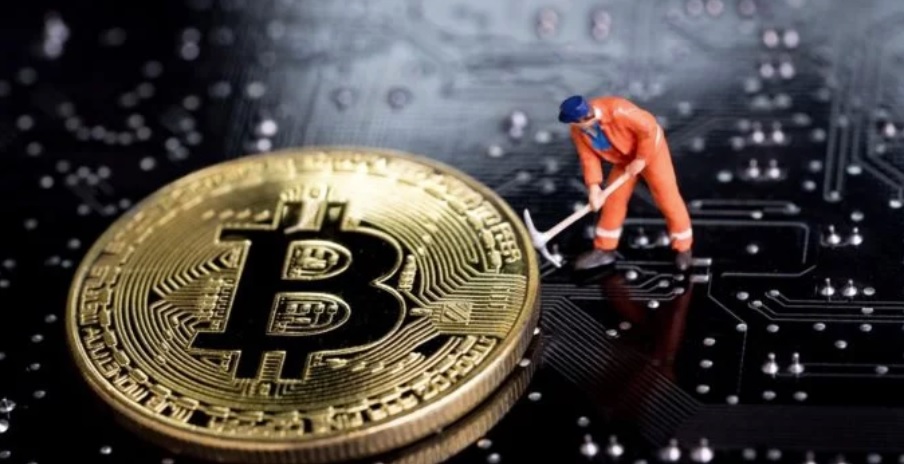Bitcoin Surged 10x After 2016 Halving; Will 2020 See a Similar Result?
May 20, 2019 @ 12:02 +03:00

In about every four years, the Bitcoin blockchain network experiences a block reward halving, a mechanism that reduces the rate in which new bitcoin is generated or mined by miners.
The block reward halving has typically served as a key fundamental factor behind the dominant cryptocurrency’s major rallies. From July 2016 to 2017, within a year following bitcoin’s block reward halving, the bitcoin price spiked by nearly 10-fold from $268 to $2,525. In previous years, the asset similarly saw large gains subsequent to the halving.
The past performance of an asset does not serve as a guarantee for the future performance of the asset. As such, merely because bitcoin saw substantial gains in previous years triggered by a particular factor, it does not definitively guarantee that the asset would increase by a similar rate in the future. However, the block reward halving of the Bitcoin blockchain network poses a significant impact on the rate in which bitcoin is generated and supplied to the market.
If the demand for the asset remains the same or increases over the medium- to long-term but the supply of the asset decreases, it may reasonably cause the value of the asset to spike. Alongside the scheduled halving, the overall volume of the crypto exchange market is on the rise, the daily bitcoin transaction volume has been steadily increasing since early 2018, and the infrastructure supporting the asset class has drastically improved in the past six months.
These factors combined are expected to act as the foundation for the next rally of bitcoin and the rest of the crypto market, especially considering that the crypto market tends to move by cycles.






